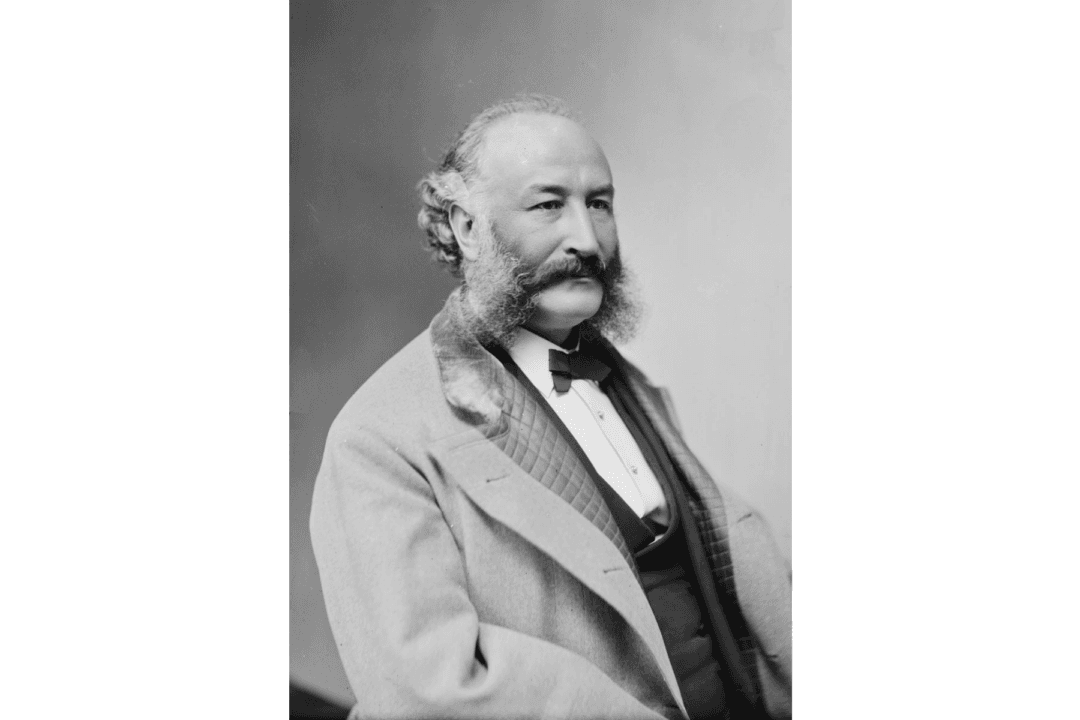“The Noise of Typewriters” is part memoir of Lance Morrow, quasi-biography of Time magazine co-founder Henry Luce, and semi-eulogy for the journalism industry. It is inundated with nostalgia and emanates a sense of sorrow for what he calls the long past “Golden Age” of journalism and those who made it golden.
Morrow is most known for his stellar work at Time as an essayist, and his time at the magazine is where he spends most of his recollections. The title “The Noise of Typewriters” and subtitle “Remembering Journalism” is indicative of the thematic elements of the book. It is a discussion with the reader of how journalism was once the noble profession (“sacred work” in Morrow’s words) championed by talented writers who sought to write the truth (“the sanctity of facts, justly interpreted”) to a public that would take the time to read it.
Though the author keeps his toe dipped in the 20th century, he hints at the decay (if not demise) in this century of all the aforementioned: the industry, the writers, and the readers.
A Literary Approach to Journalism
Morrow’s memoir is, as mentioned above, a multifaceted approach to one idea: journalism. He elevates journalism as a means of historicism, though denying the idea that journalism is the “first draft of history.” It is simultaneously an intellectual investigation into the meaning and purpose of journalism, as well as the reasons why writers choose journalism in spite of the poor pay and, at times, undermining editors.“The Noise of Typewriters” is a constant contrast between the fiction of journalism found in movies (“It Happened One Night” and “Citizen Kane”) and books (“A Farewell to Arms”) and the reality of journalism. This doesn’t mean the two―the fictional and nonfictional versions―don’t intermingle. They do, as expressed by the author, sometimes in tragic form―tragic for writers, like the oft-mentioned Otto Friedrich who “descended from literature to sports journalism.” I was reminded of a line from Hemingway’s “For Whom the Bell Tolls,” where he writes: “I am a journalist. But like all journalists I wish to write literature.”
Journalism and Truth
Morrow’s colleagues, as presented in the book, wished to present the truth about a subject. Norman Mailer, John Hersey, Walter Isaacson, Joan Didion, along with Morrow himself and a collection of others presented a version of truth that the book’s author separates into two categories, or rather, two Russian definitions: “pravda” (man’s truth) and “istina” (God’s truth). The 20th-century journalist was pulled in both directions, attempting to present the “hard, quotidian, worldly facts” (pravda) and the “essential truth of things, the inner truth, the poetic truth” (istina). That is a hard and controversial line to walk.Politically Balanced Journalism
“The Noise of Typewriters” is a clarion call to revert to a more honest, less sinister version of journalism, one where writers from across the political aisles work to bear the truth. It was time when the newspaper room was more balanced ideologically, with liberal writers and conservative editors. Time magazine under Luce was like that. The magazine founder, who is discussed as much (if not more than Morrow himself), was a Republican who, as the author states, “admired underlings who did not obey him―and he admired himself still more for having hired them.” This “forbearance” that Luce showed his employees most likely stemmed from the fact that he “was probably a better reporter than anyone who worked for him” and that “his greatness as a journalist had nothing to do with his politics or ideology.”Memoir as Metaphor
“The Noise of Typewriters” is also key to understanding journalism in the 20th century. It traverses intimately the best days of the industry and contrasts the decline of modern journalism with the decline of journalistic integrity at Time magazine. But Morrow references that, according to the ancient Greek historian and general Thucydides, “everything vanishes into the country of myth,” and how “Time magazine hastened the process.”






